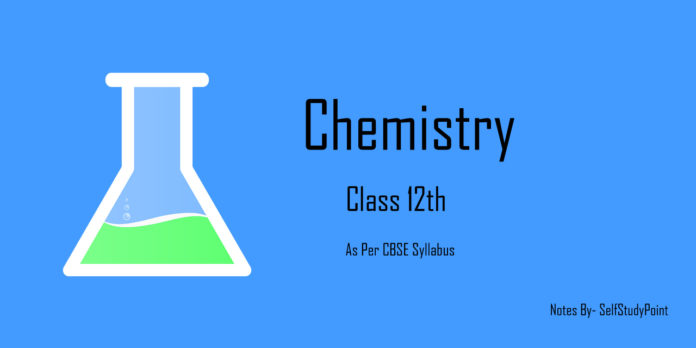
Atomic and Ionic Radii
- Covalent and ionic (in a particular state) radii increase in size down the group.
- There is a considerable increase in covalent radius from N to P.
- However, from As to Bi only a small increase in covalent radius is observed. This is due to the presence of completely filled d and/or f orbitals in heavier members.
Ionization Enthalpy
- Ionisation enthalpy decreases down the group due to gradual increase in atomic size. Because of the extra stable half-filled p orbitals electronic configuration and smaller size, the ionisation enthalpy of the group 15 elements is much greater than that of group 14 elements in the corresponding periods.
- The order of successive ionisation enthalpies, as expected is ΔiH1 < ΔiH2 < ΔiH3 (above table).
Electronegativity
- The electronegativity value, in general, decreases down the group with increasing atomic size.
- However, amongst the heavier elements, the difference is not that much pronounced.
Metallic Character
- Group 15 elements are less metallic.
- Metallic character increases down the group.
- Nitrogen and phosphorus are non-metals, arsenic and antimony metalloids and bismuth is a metal.
Melting and Boiling Point
- The boiling points, in general, increase from top to bottom in the group.
- The melting point increases up to arsenic and then decreases upto bismuth.
Allotropy
- Except for nitrogen and bismuth, all the elements show allotropy
- All the elements of this group are polyatomic.
- Dinitrogen is a diatomic gas while all others are solids.

